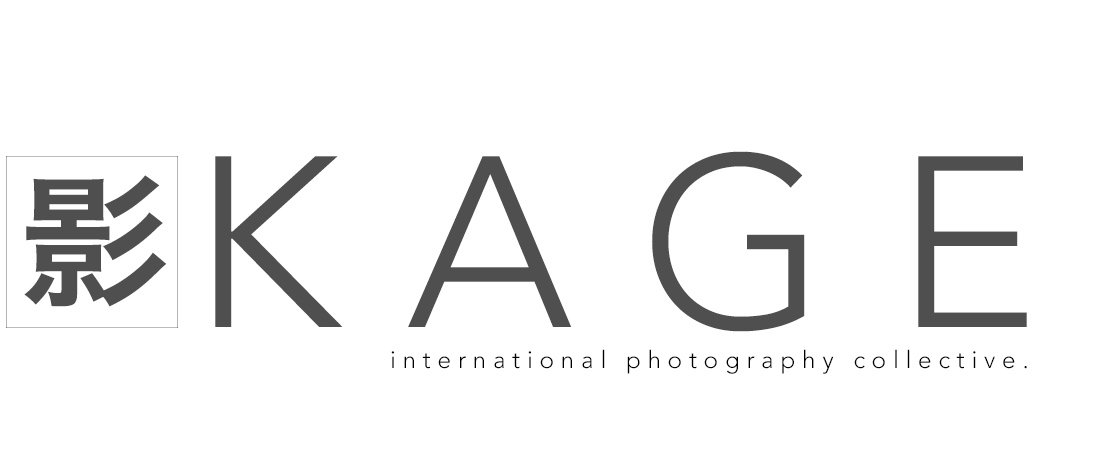By Bert Stephani
Some nine years ago, when I decided to pursue photography as a career, it soon became clear to me that I needed a good base level in my work. An amateur photographer gets judged by his best images, a professional gets judged by his worst. I realised that I had to learn how to make my worst pictures good enough. I’ve spent lots of time and energy to raise that base level and over the years I’ve became capable of returning with at least usable images from pretty much any assignment, even when things go wrong.
I still believe that this is a good thing and an essential skill for a professional photographer but we all know that playing it safe isn’t creativity’s best friend. About two years ago, I embarked on a long term personal documentary project about hunting in Belgium. I’m hoping to turn it into a book and an exhibition in 2015 but even if it turns out to be a success, I probably won’t make any money on it. The topic of hunting is rather controversial here in Belgium, so I don’t expect the project to become a showcase towards potential clients either. But it’s something that I’ve wanted to do for a long time: use my camera as a passport to satisfy my curiosity and the fact that I had a hard time understanding why anyone would hunt in this country. And even more importantly: no assignment, no client, no pressure, only … the luxury of failure.
I promised myself that I would go for only the best images. Instead of playing it safe and make sure that I had usable pictures of anything that happened and some pleasing pictures of anyone involved, I wanted to go for fewer but better pictures. Even if that ment accepting the risk of coming home without anything to show for a long day in the fields.
It turned out to be easier said than done. I found myself often slipping back in my default professional photographer mode. At a certain point I even taped a note on the back of my camera that said “take risks numnuts!” For a long time it remained unnatural to do so but I slowly grew into it thanks to a couple of tricks and discoveries.
On my first day of the project, I went out with a full camera bag. I had a Nikon D600 with a 28-300 lens with me, plus my X-Pro1 and a couple of lenses. That was of course the safe, professional thing to do: cover all your bases. I got some good pictures but upon reviewing my images the next day, I realised that I failed to capture the feeling of the day. All that gear and worrying about it’s well being in the muddy fields, restricted my vision.
The next time I went out with just the X-Pro1 and the 18-55 lens around my neck and some spare batteries in my pocket. Less gear, allowed me to see better and I’ve stuck with those limitations ever since in this project. I have been using different cameras and lenses but never at the same time. By forcing myself to leave the camera bag in the car, I think longer and harder about what I want to say with my pictures and what are the best tools for doing so.
During my first few days on the project, I got impatient and bored when nothing happened for a while. And I got frustrated and angry with myself whenever I picked the wrong spot and couldn’t move safely for the next hour or so. The hunters taught me a valuable lesson in patience. They didn’t seem to mind a bad day. Even when they didn’t fire a single shot during a long (and expensive) hunting day, they seemed to be at ease with it. Only when I started to adopt their mindset, I saw that accepting a bad day is the price you have to pay to experience a good one. It took me a while to be able to trade control for the chance to be awed.
Even almost two years into the project, I often feel uncomfortable being out there in the fields not playing it safe and taking the risk to come home without a single good picture. But the weird thing is that I’ve never come home without a couple of pictures that I’m really proud of. I’ve learned that whenever I allow myself to fail, I make my best work.
It pays off to allow yourself the luxury of failure every now and then. In personal projects it’s a luxury that you can afford, makes your work better and allows you to grow as a photographer. I found out that you can apply the luxury of failure to professional assignments too, but that’s for a future blog article.








